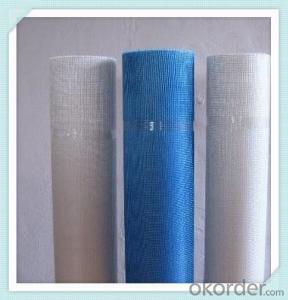Fiberglass cloth and resin binding is an art form that has been around for decades. It’s a versatile technique used in various industries, from automotive to aerospace, and even in the world of home DIY projects. But what exactly is it, and how does it work? Let’s dive into the world of fiberglass and explore its many facets.
The Basics of Fiberglass Cloth and Resin Binding
Fiberglass cloth is a material made from thin strands of glass woven together to create a fabric-like texture. When combined with a resin, it forms a strong and durable composite material. The process of binding the cloth and resin together is what gives fiberglass its unique properties.
Why Fiberglass?
So, why use fiberglass? The answer is simple: it’s strong, lightweight, and corrosion-resistant. These qualities make it an ideal material for a wide range of applications. Whether you’re building a boat, a car body, or even a piece of furniture, fiberglass can provide the strength and durability you need.
The Process of Fiberglass Cloth and Resin Binding
The process of creating a fiberglass composite involves several steps. First, you lay out the fiberglass cloth in the desired shape. Then, you apply the resin, which acts as a glue to bind the fibers together. The cloth and resin are then allowed to cure, forming a solid, rigid material.
The Role of Resin
Resin plays a crucial role in the fiberglass binding process. It’s not just any glue; it’s a special type of polymer that hardens when mixed with a catalyst. The type of resin you choose will depend on your specific project needs. Some resins are better suited for outdoor use, while others are more appropriate for indoor applications.
The Art of Laminating
One of the key techniques in fiberglass work is laminating. This involves layering multiple pieces of fiberglass cloth together with resin to create a thicker, stronger material. Laminating allows you to customize the strength and flexibility of your fiberglass creation.
Mold Making
Mold making is another important aspect of fiberglass work. It’s the process of creating a mold from an existing object or design. This mold can then be used to produce multiple copies of the object in fiberglass. Whether you’re making a one-of-a-kind sculpture or mass-producing a product, mold making is an essential skill.
Finishing Touches
Once your fiberglass piece has cured, it’s time to add the finishing touches. This can include sanding, painting, or even adding a clear coat to protect the surface. The finishing process is what brings your fiberglass creation to life and makes it truly unique.
Safety First
It’s important to remember that working with fiberglass and resin can be hazardous if not done properly. Always wear appropriate safety gear, such as gloves, goggles, and a respirator mask. And make sure to work in a well-ventilated area to avoid inhaling any harmful fumes.
The Future of Fiberglass
As technology advances, so does the world of fiberglass. New techniques and materials are being developed all the time, pushing the boundaries of what’s possible with this versatile material. From self-healing resins to advanced laminating techniques, the future of fiberglass is bright and full of potential.
In Conclusion
Fiberglass cloth and resin binding is more than just a technique; it’s a form of art that allows for endless creativity and innovation. Whether you’re a professional fabricator or a weekend hobbyist, there’s always something new to learn and explore in the world of fiberglass. So, grab your cloth and resin, and let your imagination run wild!

